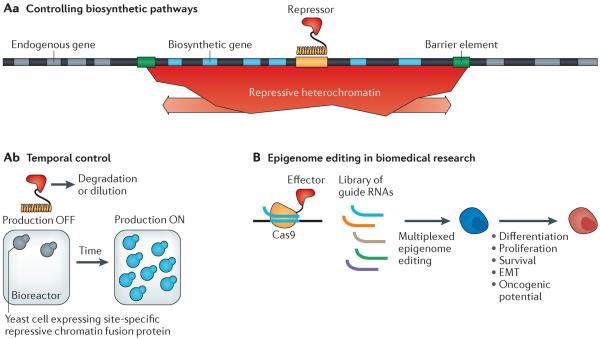Figure 4. Potential applications of synthetic chromatin biology.
A | Eukaryotic organisms such as yeast are widely used in industry to produce diverse molecules that range from food flavourings to pharmaceuticals. Often, multiple biosynthetic genes need to be introduced into an organism's genome. Regulating many genes can be difficult, especially with many distinct promoters and other regulatory elements. Aa | In chromatin-based regulation, chromatin states such as heterochromatin can exert regulation over several kilobases of DNA through the simple recruitment of a repressor to a single location in the genome53,70. Barrier elements can be used to prevent spreading of repressive regulation into endogenous genes99–102. Ab | Repression of biosynthetic genes when cell densities are low promotes cell growth and fitness by avoiding taxing of cell resources. When cell densities in a bioreactor are optimal, the repressor can be degraded or diluted out, thus turning on expression of the biosynthetic genes. B | Chromatin has been widely implicated in many areas relevant to human health, including cell differentiation, cell proliferation, cell survival in different environmental conditions, epithelial-to-mesenchymal transition (EMT, which is relevant to cancer metastasis) and oncogenic potential6–12. Functional tools are lacking to directly perturb chromatin states at specific locations in the genome and to test hypotheses of their roles in these biomedical processes. Type II CRISPR–Cas9 DNA targeting technologies57,58 could be used to edit chromatin states at multiple genomic locations by fusing chromatin regulators to the Cas9 protein and expressing a library of guide RNAs that are complementary to genomic target sites.

